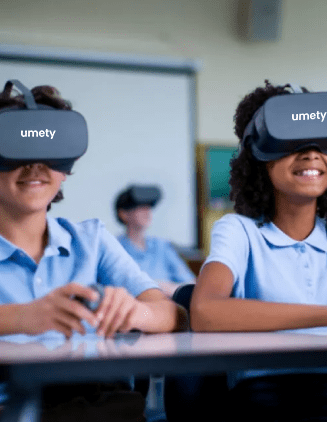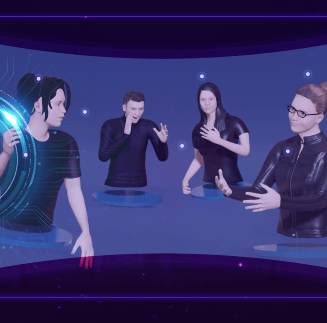Teacher resources
Can you really learn architectural concepts via STEM? VR makes it possible.
STEM and VR are a match made in heaven.
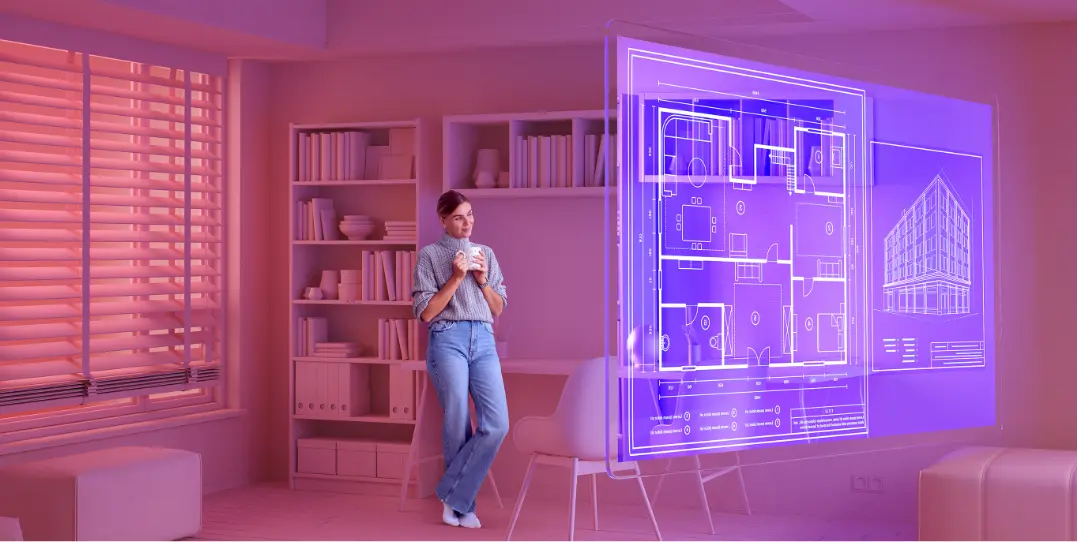
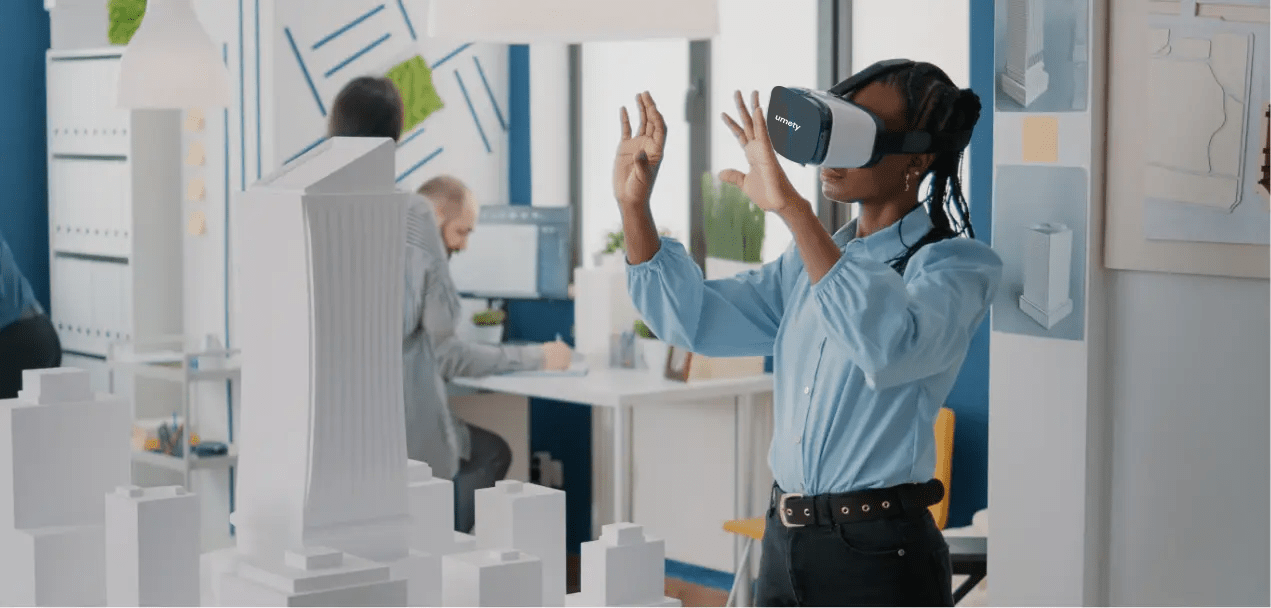
Wait, how does VR fit into the equation?
Now that’s a good question! Science, technology, engineering, and math, together known as STEM, are considered to be the building blocks of architecture. For instance, science concepts are used to understand the properties of different building materials; technology helps to design and create 3D models; engineering ensures the structural integrity of the designs; and mathematical concepts are applied to calculate dimensions and angles.
VR is a technology that allows users to experience a computer-generated environment where they feel like they are actually inside a physical space. In the context of architecture, VR can be used to create immersive simulations of STEM concepts used in architecture, allowing learners to explore and interact with them in a way that would be tough to achieve with traditional 2D drawings or even 3D models.
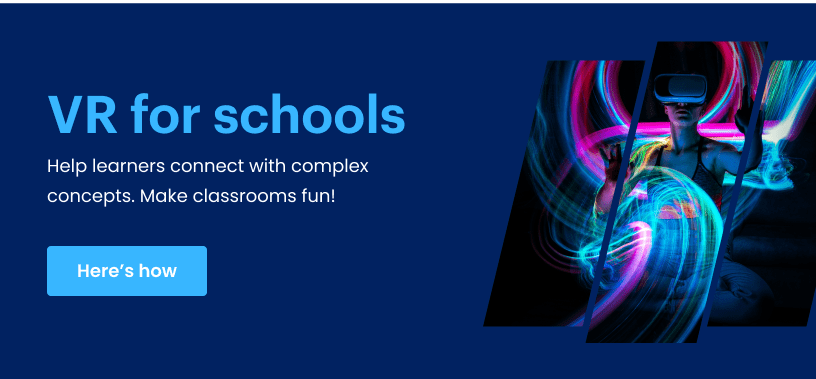
So, how exactly does VR facilitate the understanding of architectural concepts?
STEM modules in virtual reality bring architectural concepts to life. It is so much easier to understand and retain concepts when one can experience them in an immersive environment. Using a VR headset, learners can enter a virtual building and explore it from every angle. They can walk through the space, see how light filters through the windows, and get a sense of the proportions and scale of a structure. They can also make changes to the design and see how they affect the space.

Simplified concepts that tickle the brain
Architecture is so much more than just drawing pretty pictures of buildings; it’s a complex discipline that requires a deep understanding of everything from physics to mathematics to engineering. Teachers can help learners build connections between STEM concepts and architecture via VR STEM virtual reality modules. As students go through a physics module in VR, they can visualize complex concepts such as momentum, energy, force, and torque that are constantly at play while designing a building. They can see the concepts in action and interact with them in real time. This kind of hands-on learning has been proven to be more engaging and effective and can be a great addition to textbook learning.
STEM and VR are a match made in heaven for the teaching and learning of architectural concepts. It's a valuable tool that can complement traditional methods of teaching. With these tools, teachers can create immersive, interactive simulations that allow learners to explore buildings and environments in a way that was once impossible.
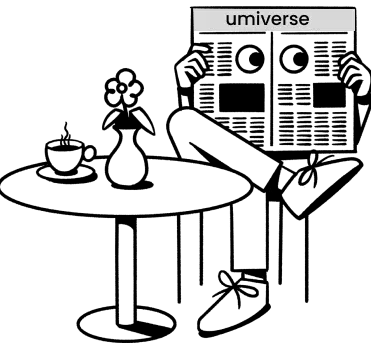
Get stories selected just for you, right in your inbox.

Get stories selected just for you, right in your inbox.
This might interest you

